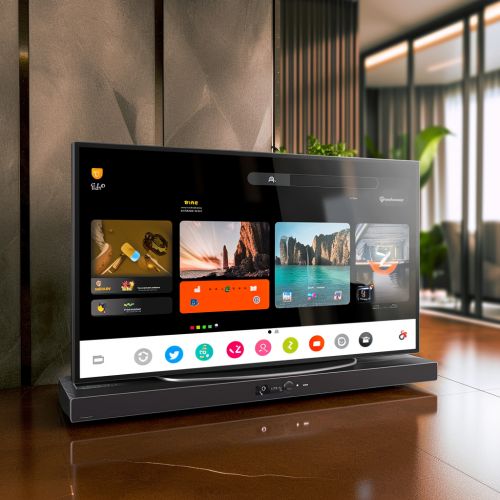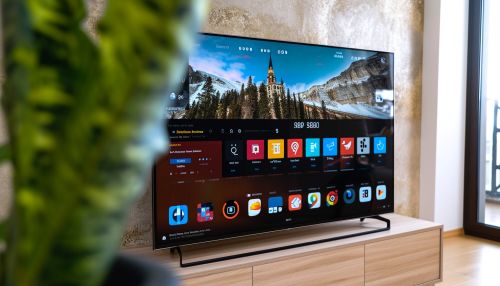Smart TV
Introduction
A Smart TV, also known as a connected TV (CTV), is a traditional television set with integrated Internet and interactive "Web 2.0" features which allows users to stream music and videos, browse the internet, and view photos. Smart TV is a technological convergence of computers, television sets and set-top boxes. Besides the traditional functions of television sets and set-top boxes provided through traditional broadcasting media, these devices can also provide Internet TV, online interactive media, over-the-top content (OTT), as well as on-demand streaming media, and home networking access.


History
Smart TV technology and software is still evolving, with both proprietary and open source software frameworks already available. These can run applications (sometimes available via an 'app store' digital distribution platform), interactive on-demand media, personalized communications, and have social networking features.
Features
Smart TVs deliver content (such as photos, movies and music) from other computers or network attached storage devices on a network using either a DLNA-compatible protocol or other vendor-specific protocols. Smart TV should not to be confused with Internet TV, IPTV or with Web TV. Internet TV refers to receiving television content over the internet instead of traditional systems (terrestrial, cable and satellite) (although internet itself is received by these methods). IPTV is one of the emerging Internet television technology standards for use by television broadcasters. Web television (WebTV) is a term used for programs created by a wide variety of companies and individuals for broadcast on Internet TV.
Smart TV platforms
Each Smart TV platform used by manufacturers is different and relies on different ecosystems for apps, video content, and music. Some of the platforms used by manufacturers in their Smart TVs include Google TV, Amazon Fire TV, Roku, Apple TV, and more. These platforms provide access to a wide variety of content, including streaming video from services like Netflix, Amazon Prime Video, Disney+, and others.
Advantages and Disadvantages
Like any technology, Smart TVs have both advantages and disadvantages. On the positive side, they offer a wealth of entertainment options right out of the box, with no need for additional devices or cords. However, they also present potential privacy and security risks, as they can be a target for hackers and may collect user data.
Future of Smart TVs
The future of Smart TVs is likely to continue to evolve with the technology. This could include advancements in AI technology, improved integration with other smart home devices, and even more personalized viewing experiences.
